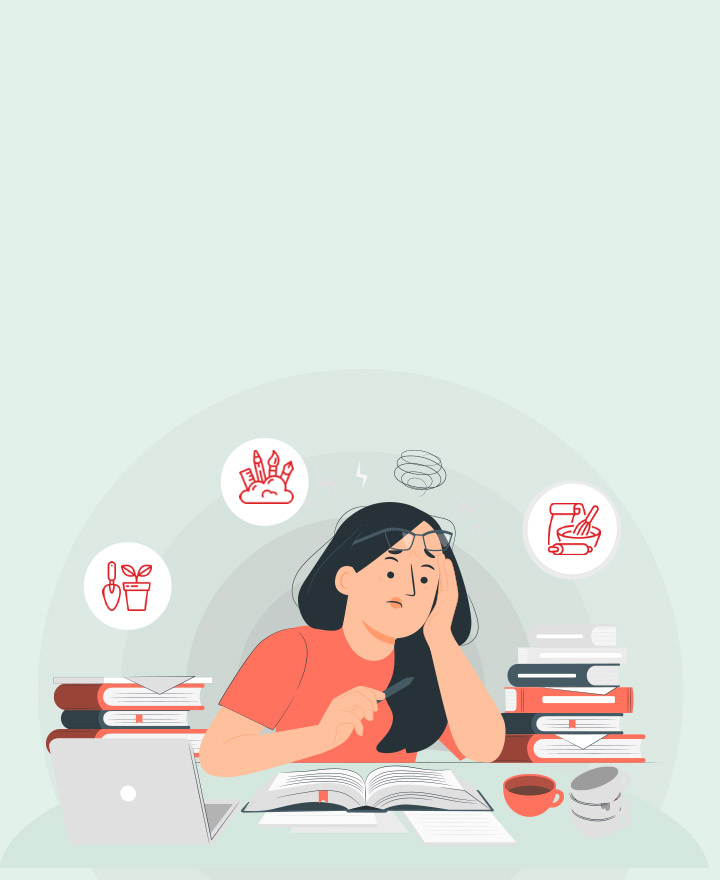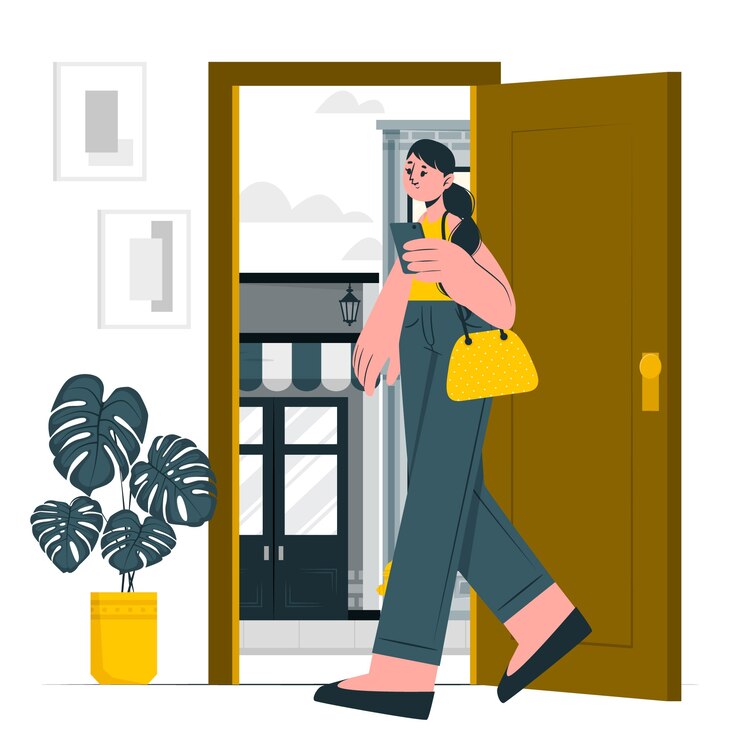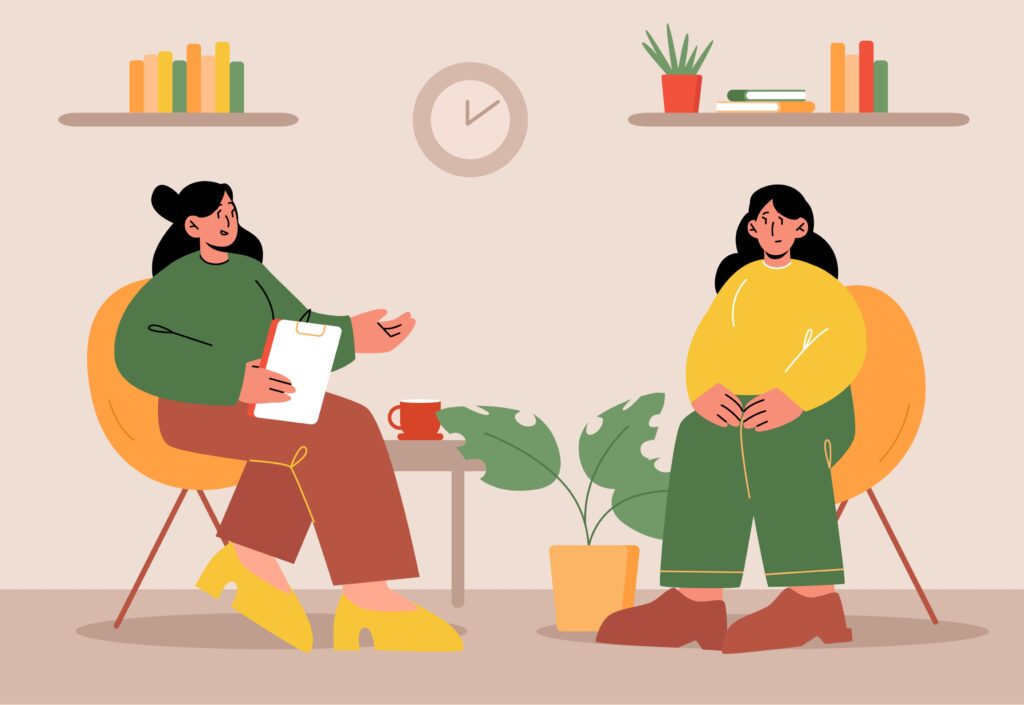Jill is 27 years old. She’s healthy, lives a stable life, and did all the right things last night. She ate dinner at 8 p.m., took a calming stroll, and was in bed by midnight. Seven hours later, she wakes, but not to life. Her eyes open, but her body stays heavy. She doesn’t want to get up. And when she finally does, she spends eight minutes sitting on the edge of her bed, feet planted on the carpet, staring ahead in silence. The day ahead of her is decisively impending doom. The hours ahead aren’t just full—they feel like something she has to survive. It’s a workday that demands focus, energy, even optimism—and all she has to offer is exhaustion, tinged with a quiet sadness she can’t quite name. Tired would be manageable, but she is disoriented. For centuries, stories, fables, and even medicine have told us that the heart and the mind are separate realms—emotion vs. intellect, soul vs. reason. But even a brief glimpse into modern neuroscience reveals that the body doesn’t recognize this split. Emotional exhaustion isn’t simply a mental fog—it’s an organized systems failure, directed by the brain. When the brain experiences chronic emotional strain, it doesn’t shut the body down, it reallocates. Energy is diverted. Resources are triaged. What gets hit hardest?

The systems responsible for recovery, motivation, and balance. Neurotransmitters like dopamine (motivation/reward), serotonin (emotional stability), norepinephrine (alertness), and GABA (calm and regulation) begin to drop. Meanwhile, the brain keeps the survival circuitry online—raising cortisol, increasing heart rate variability, dulling digestion, and flattening energy across the day. You can still move, talk, show up—but it costs more than it should. The brain makes sure you can function. But not thrive. So when Jill wakes up already depleted, it’s not laziness. It’s not attitude. It’s the neurochemical reality of a brain that’s spent too long operating in “crisis mode”—long after the visible crisis has passed. Emotional exhaustion feels like physical exhaustion—because the body is being told to conserve, retreat, and protect (triage). Not because it’s weak, but because it’s obeying its command center. To truly understand what’s going on with Jill, we need to look beyond just last night. On paper, she’s done everything right for years. She takes nightly walks, wakes up early, eats breakfast on time, and shows up for work punctually. Her life appears to be the picture of a healthy routine. But let’s pause and focus on that word , routine. Repetition without meaningful reward wears down the brain’s motivation systems. Jill performs the same tasks day after day, yet there’s no emotional payoff. She scrolls endlessly through social media at night, trying to feel something, but it only leaves her more drained. Her brain, like all human brains, is wired to seek dopamine , the neurochemical linked to pleasure, motivation, and reward.
In our evolutionary past, this came from food, music, procreation, social bonding , activities with clear emotional or biological payoff.
At work, Jill gets her paycheck and the occasional appraisal, but these extrinsic rewards don’t light up her dopamine circuits the way meaningful, emotionally rich milestones would. Over 70% of her waking hours are spent in front of screens, performing cognitively effortful but emotionally empty tasks. She isn’t self, medicating with alcohol, and that’s a good thing , her coping mechanisms haven’t turned destructive. Still, she chases dopamine through doomscrolling, keeping her brain in a constant state of low, grade stimulation. That’s not something our primate brains evolved to handle. Despite the healthy routine and stable job, Jill hasn’t had a deeply rewarding milestone in years , one that engages her emotionally, socially, or biologically. She postponed marriage to focus on her career, which may have benefited her professionally. But from a neurochemical standpoint, she has deferred an experience that could have provided rich, multifaceted rewards , social connection, physical intimacy, and emotional validation , all of which feed into dopamine and oxytocin systems. In doing everything “right,” Jill may have unintentionally starved her brain of the very signals that tell it life is worth living. Of course, this is the hindsight diagnosis of the condition Jill has. Given her demographic and the routine we know, emotional exhaustion fits well. For a seemingly healthy body, this diagnosis makes sense. But emotional exhaustion isn’t always caused by slow burnout.
Sometimes it has sharper, more direct roots, heartbreak, loneliness, high-functioning anxiety, even grief. We’ll probably look into more of these later. But for now, let’s focus on getting Jill all better. She’s stable, and that’s a good place to begin. Brownie points for her abstinence from alcohol. Not so much for the other kind of abstinence, which, let’s be honest, she needs to come around to – she needs her jack, without Jack, she’s Sisyphus.. Jill’s been running on auto-mode, mechanized by habit. She can do the hard tasks, but she’s not yet able to see the solution that’s hiding in plain sight, just outside her comfort zone. What Jill really needs, more than another wellness blog or mood tracker, is a few close friends in the same city. She needs to socialize. Not on Slack or Zoom or by replying to group texts. She needs people who make plans with her just because they like how her presence feels in a room. (may omit the socializing in phase – 1, opinion?) Importantly, Jill isn’t a self-hater. She doesn’t carry guilt where it’s not earned. She knows she isn’t lazy or complacent. She’s accepted that something is medically off, something that needs care, not punishment.
So she visits a therapist. And now, her fog has a name: emotional exhaustion. She’s currently in Phase 1. She’s not on medication, not because she’s afraid of it, but because she doesn’t need it right now. She isn’t chemically ill. She’s depleted. This isn’t the kind of tired that sleep fixes. You don’t sleep off the ache of your joy circuits being underused for too long.
She’s not on medication, not because she’s afraid of it, but because she doesn’t need it right now. She isn’t chemically ill. She’s depleted. This isn’t the kind of tired that sleep fixes. You don’t sleep off the ache of your joy circuits being underused for too long. As part of Phase 1, Jill has started having breakfast with the windows open. No phone. No music. No TV. Just the sound of birds, a simple meal, and the view of her neighbor’s mildly overgrown balcony plant. Neurochemically, things are still raw. Her cortisol hasn’t dipped yet, she still jolts awake some mornings with a sense of vague urgency. Her job role hasn’t changed. But a small reward cycle has been reintroduced. It’s fragile, but it’s real.
There’s now a 45-minute daily slot religiously carved out for art therapy. It’s not “good” art. It’s bad, actually, wonderfully bad. Abstract faces with mismatched eyes. Angry trees. Melting houses. But it’s hers. And the whole point is to get her doing something for fun that has no output, no metrics, no monetization. Just process. Just color. Just motion. Something utterly unproductive, but in the deepest sense of the word, deeply productive. Not productive in terms of checklists, but in terms of producing neurotransmitters. Real ones. Endogenous. Not outsourced. Not swallowed in a bottle. Not poured from a glass. Her brain is producing dopamine, not artificially supplying it. And that’s where her abstinence from alcohol has really helped. A brain that’s conditioned to reach for a drink in despair will often reach for it in celebration, too. That’s the problem. It becomes the answer to both joy and sorrow. But Jill, thank god it’s Jill, didn’t drink after a win. That matters. After three steady weeks into Phase 1, her therapist offers an unconventional assignment: watch Dead Poets Society. It sounds simple. But for a brain learning how to feel again, this film is a therapy session all by itself. For 128 minutes, Jill feels plugged into something, longing, beauty, grief, inspiration.



The message lands: meaning doesn’t only come from achievement. It can come from wonder. From defiance. From making space for things that don’t “move the needle” but move the soul. The dopamine from that film wasn’t external. It was earned. And her brain recognized that difference. The next morning, Jill wakes up. Her feet still planted on the carpet. The day ahead doesn’t feel like a festival, but it also doesn’t feel like doom. She’s on her feet now. She’s quietly looking forward to something, not a deadline, not an escape, but something like… carpe diem. Only this time, carpe diem doesn’t end at 5 PM. It ends after the bad art has been made, after a conversation has been had in person, and maybe, maybe, after she’s allowed herself to be held.
Jill’s not “all better.” She’s still tired. She checks the calendar. It’s not burnout season anymore. But recovery isn’t over either. This coming Saturday, Phase 2 begins.
– Tarun Singh
Touch of Peace Mental Health Care Services Pvt. Ltd. Building an inclusive haven, where emotional well-being is woven into daily life.
Copyright © 2024 Touch Of Peace Care | Made With ❤️ By Bajwa Adverts